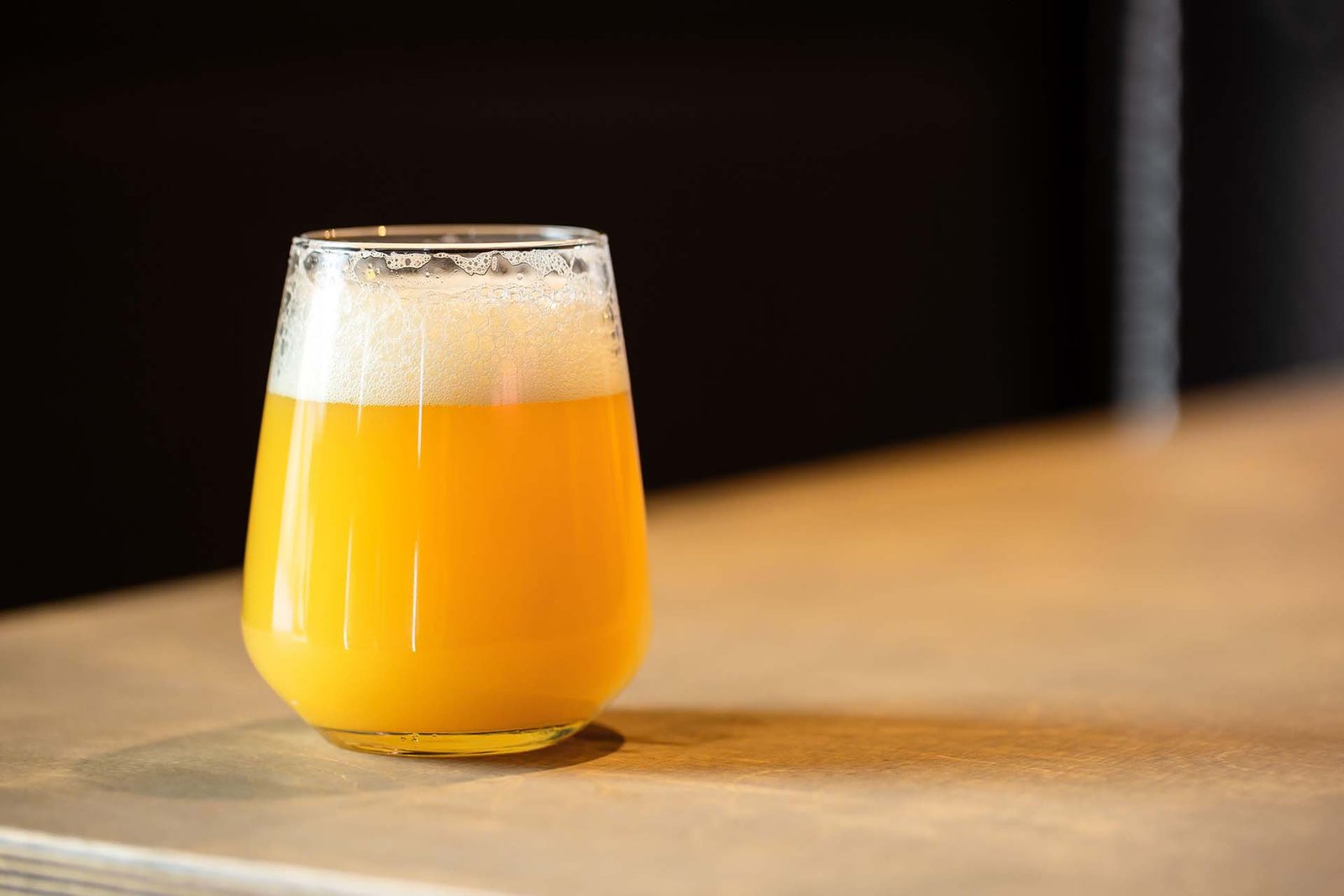The Top 5 IPA Terms All Beer Lovers Should Know

[ad_1]
The best-selling craft beer category, the India pale ale (IPA), is an evolving beer style. If you see these three letters together, assume that the beer will be hoppy. An imperial, or double, IPA is often stronger in flavor and alcohol. There are quite a few styles of IPA in the marketplace and learning more about them can help inform a taproom ordering situation.
Beyond styles, certain key terms are often thrown around when talking about IPAs and increasing your knowledge of them can help ensure a pleasurable beer experience. Here are five terms to know when it comes to the interesting and flavorful IPA.
Hops
Small strobiles that grow vertically on bines, or long stems, these perennials require a specific environment to grow cones. They thrive between the 50th and 40th parallels but can grow as low as the 30th parallel, in both hemispheres.
There are dozens of hop varieties and new ones are developed in each growing season. Hops add bitterness and different aromas and flavors to beer. Among the more popular hop varieties are Citra, known for notes of citrus, lime and fruit, and Mosaic, which is associated with peach, blueberry and tropical fruits. Simcoe (herbal, pine) and Nelson Sauvin (grape, passionfruit) hops are also popular in IPAs. Plus, the use of Cascade (pine, grapefruit, floral) hops goes back to the variety’s cultivation in the 1950s and remains prominent in IPA recipes.
Hazy and Juicy
The New England style of IPA is a modern take on the traditional India pale ale. They’re often cloudy, with vibrant hop aroma and low bitterness. There are two words that most breweries use to describe this style: juicy and hazy.
Juicy usually indicates that a beer is packed with pounds of hops that impart flavors of juice such as orange, pineapple, mango and more. Hazy describes how many New England-style beers are unfiltered and contain hops or yeast particles that make them appear cloudy in a glass.

IBUs
This stands for International Bittering Units. IBUs are a brewhouse measurement for the amount of alpha acid derived from hops in wort or a fermented beer, which is then multiplied by 5/7. The resulting number often appears alongside the beer’s alcohol by volume (abv) and other markers for IPAs. However, it’s not a number most consumers should be concerned about.
Double Dry Hopped (DDH)
This has become a marketing term and a rallying cry all at once. With the rise of New England-style IPAs, brewers were looking for a way to promote that a recipe was packed with hoppy aromas and flavors.
The “double” is often misnomer. It’s never fully clear if brewers mean they’re doubling the number of hop additions to a standard recipe or doubling the amount of hops added. Individual techniques vary from recipe-to-recipe and brewery to brewery.
It is usually safe to assume that if DDH appears on an IPA label, the beer will be intensely aromatic and likely cloudy in appearance. Putting those three letters on the packaging also often allows brewers to sell the beer for a few dollars more.
Fresh Hopped/Wet Hopped
The majority of hops grown in the United States come from the Pacific Northwest and are harvested in August and September. Southern Hemisphere hops are picked in March and April. Most of these harvests are dried, turned into pellets and vacuum packed for brewing use throughout the rest of the year.
However, around harvest time, many brewers get fresh hops direct from farms within a day of picking and add them to IPA recipes. This creates a vibrant, fresh, green aroma and flavors in the beer that’s more potent and powerful than standard IPAs.
Published on January 28, 2022
[ad_2]




